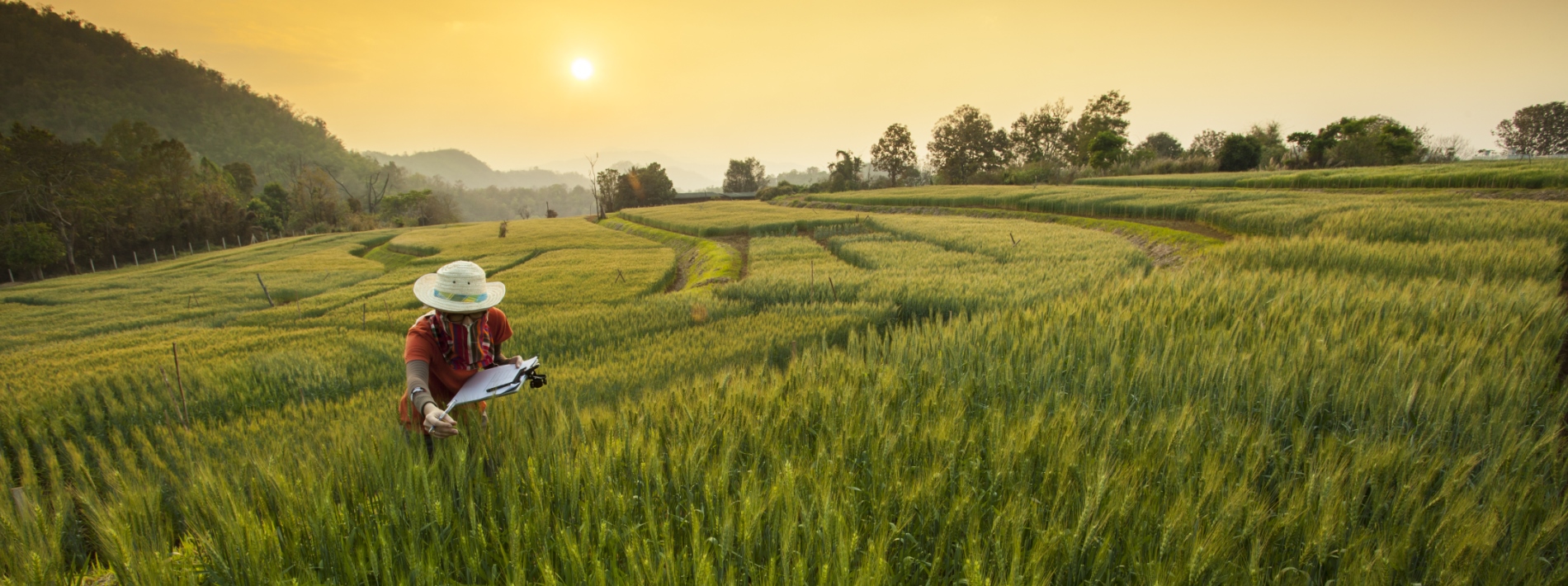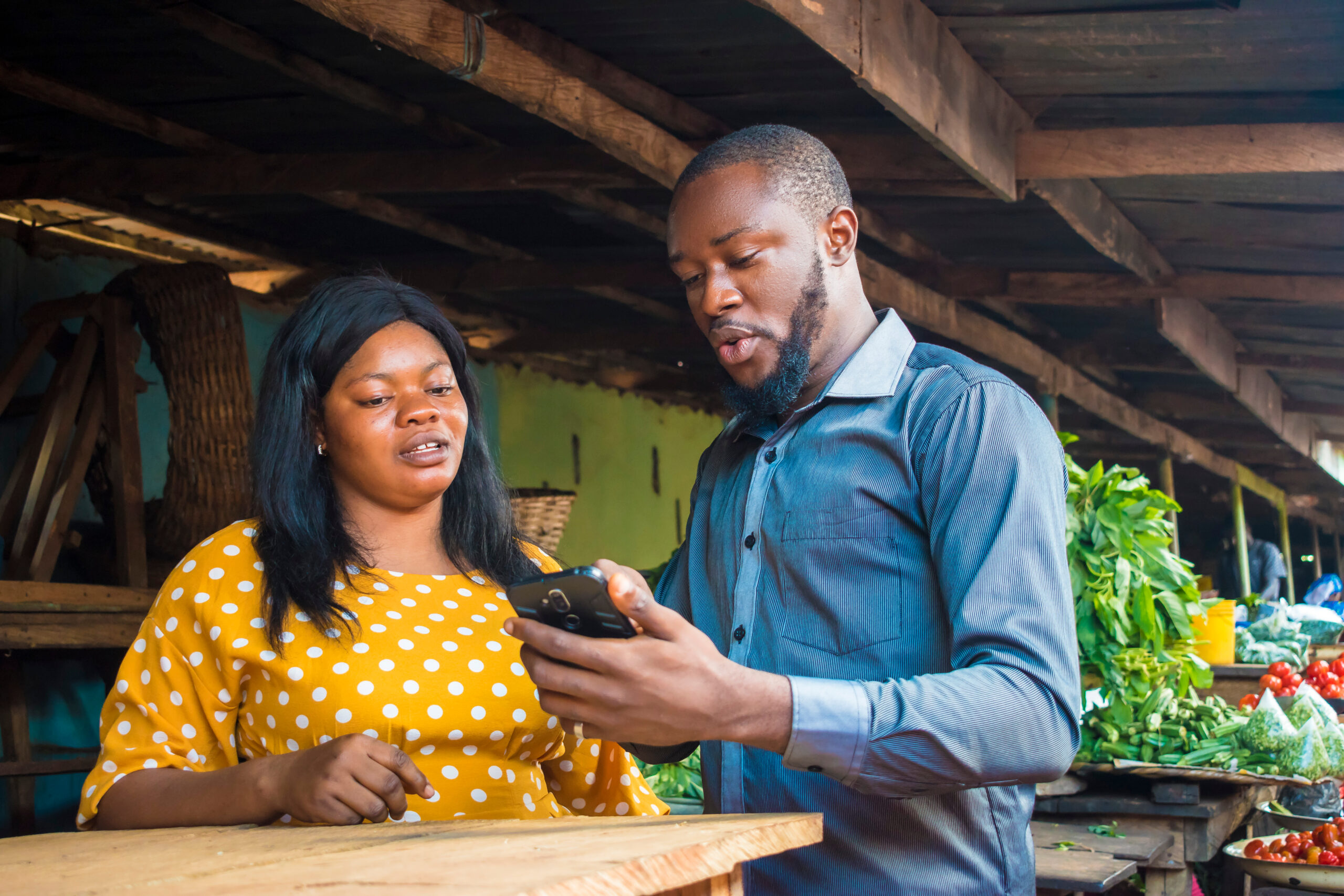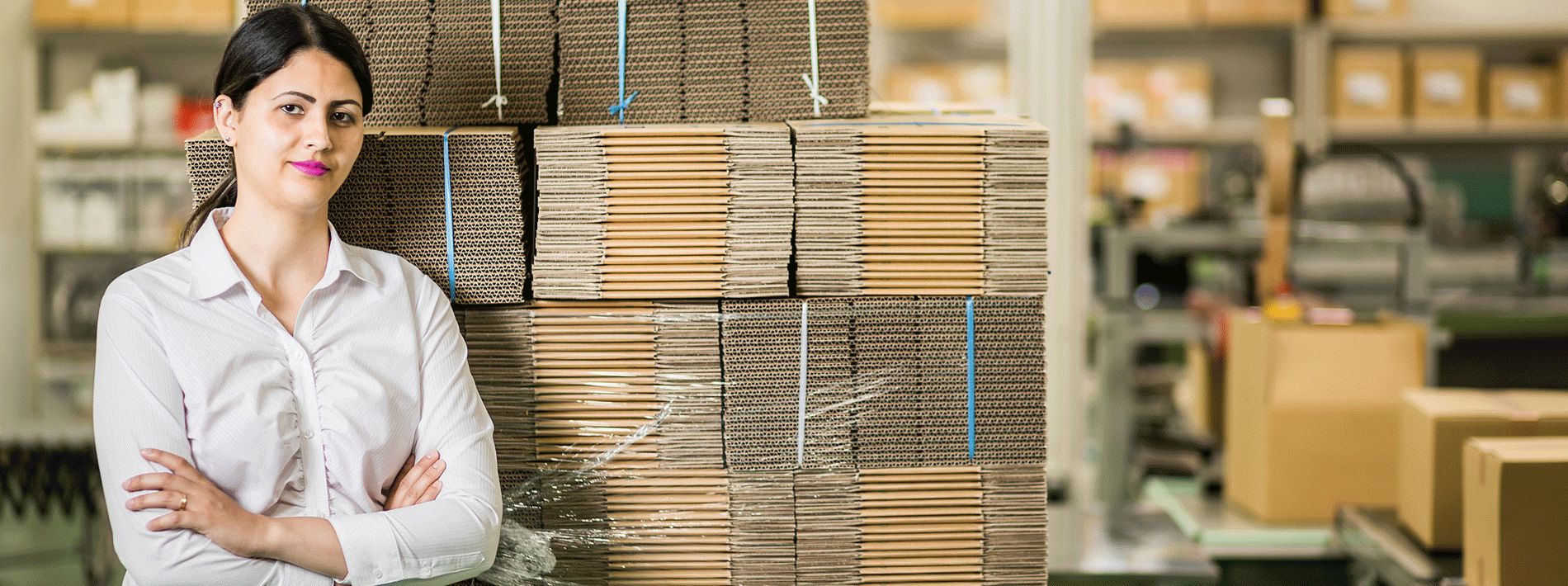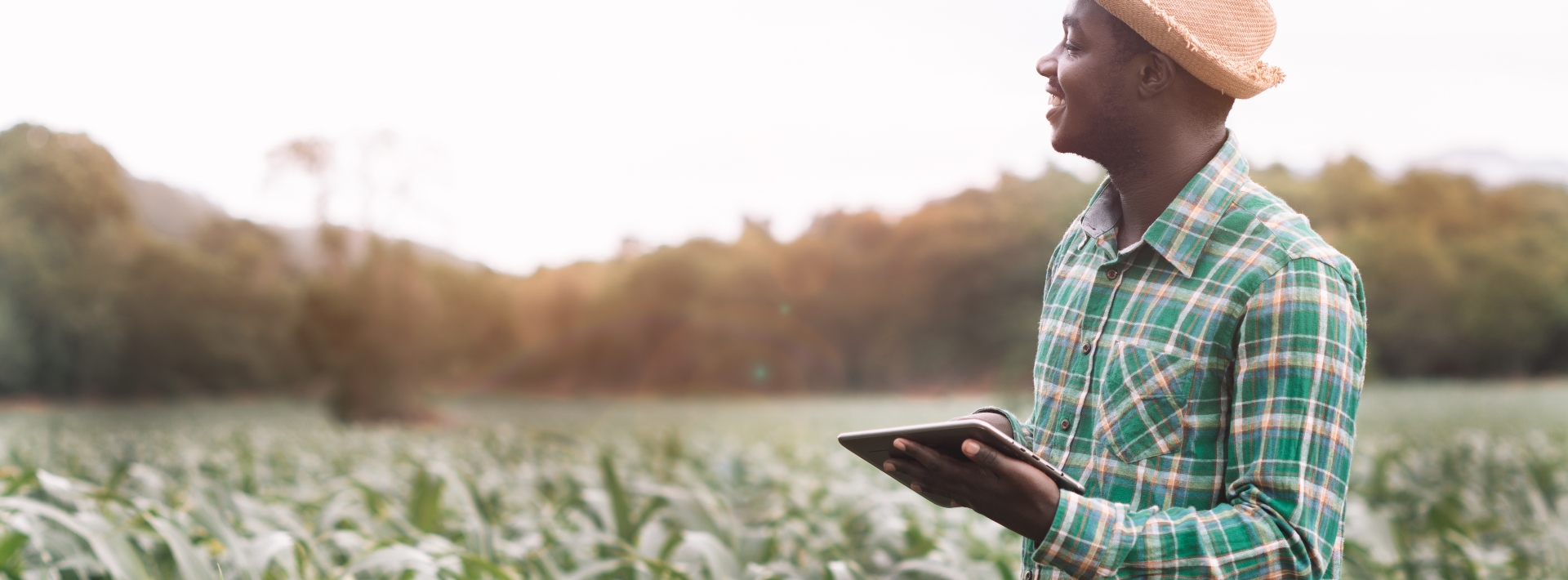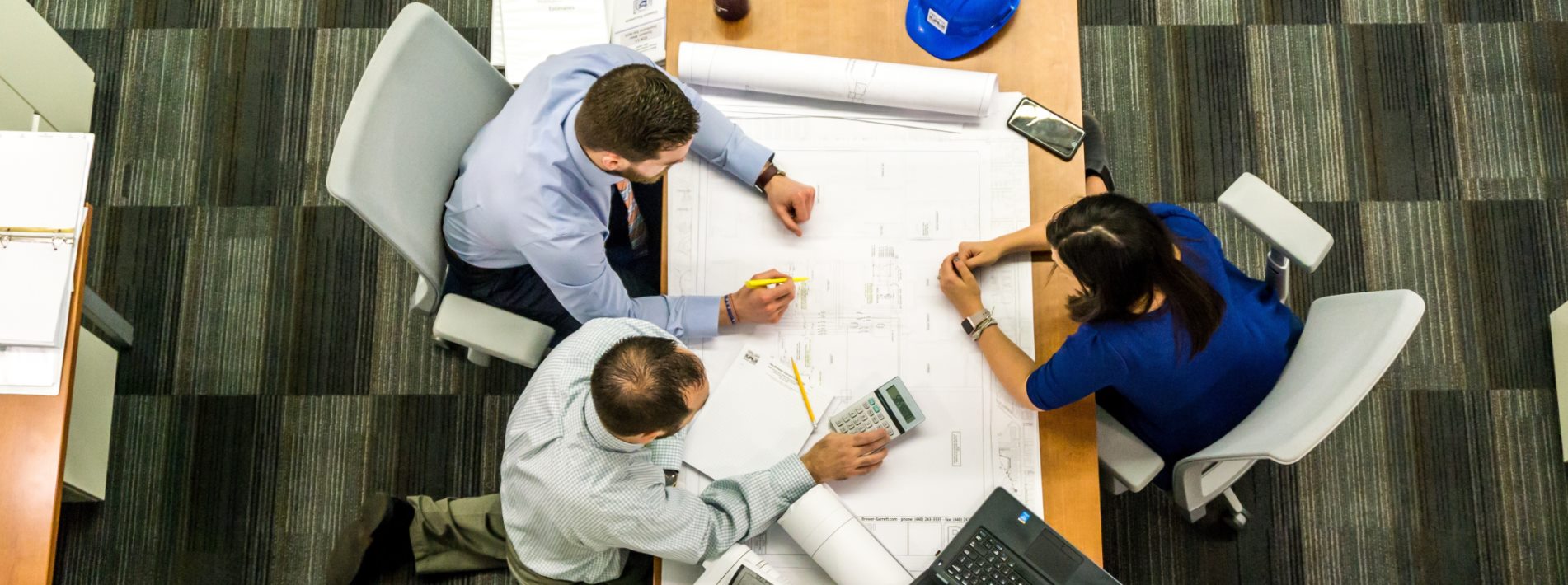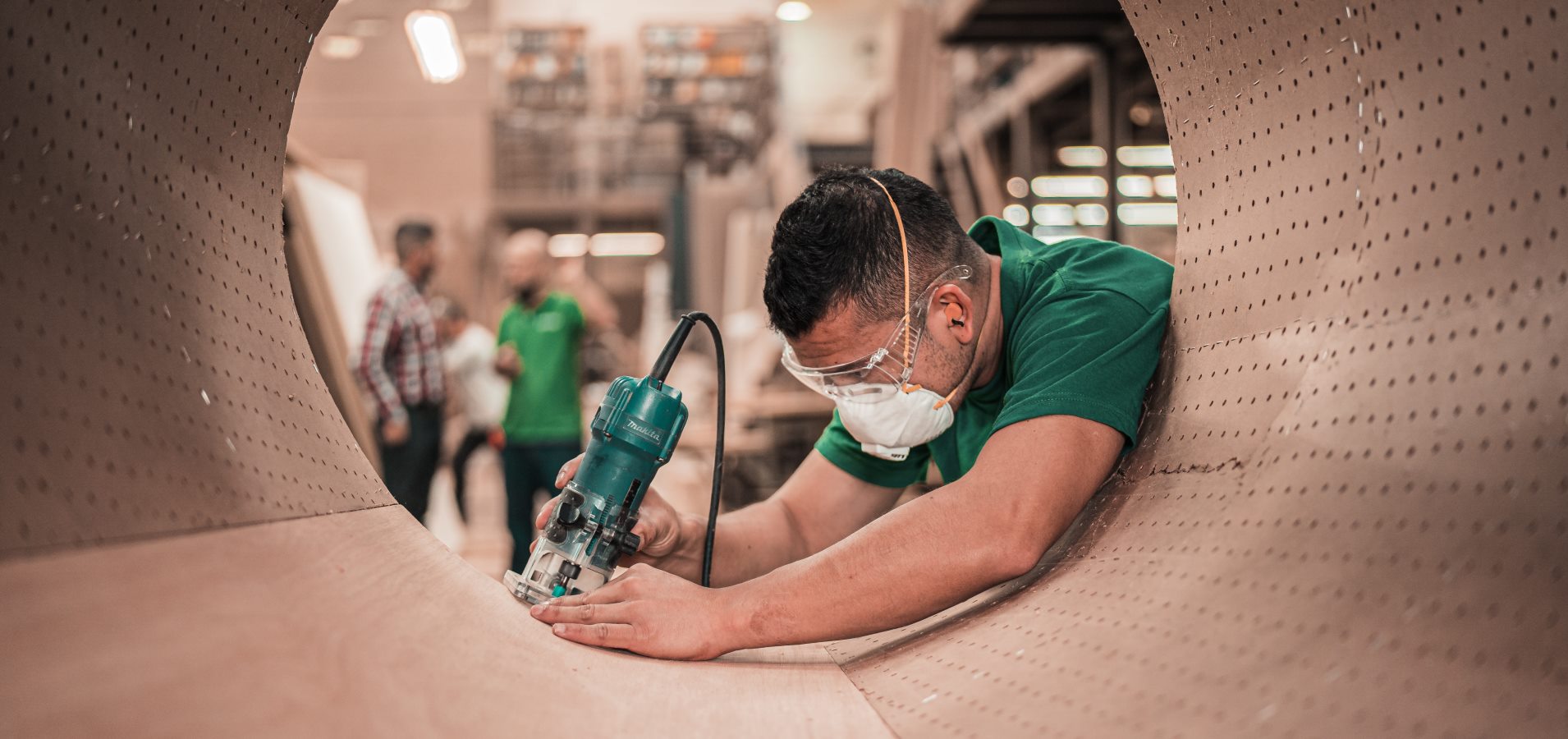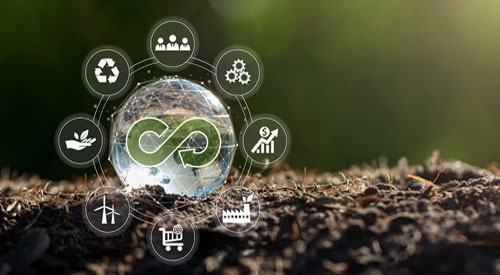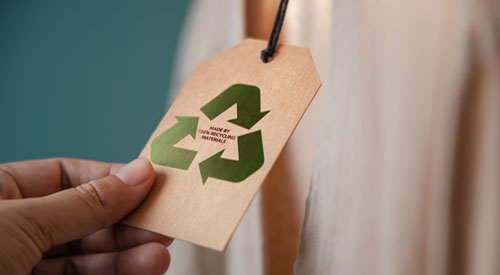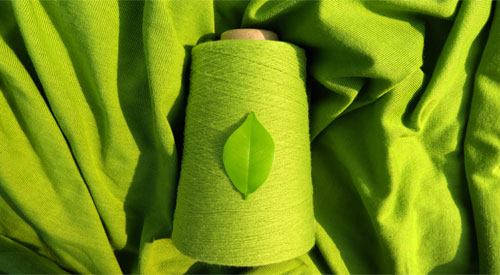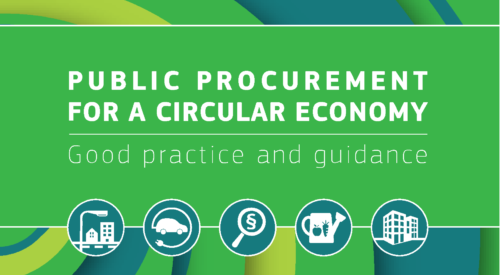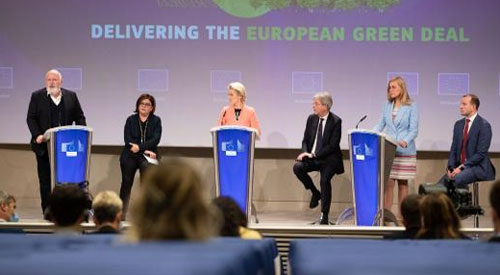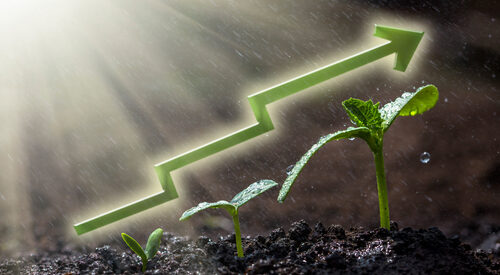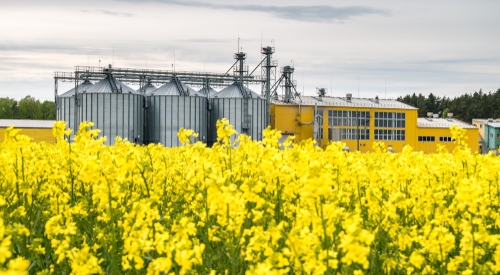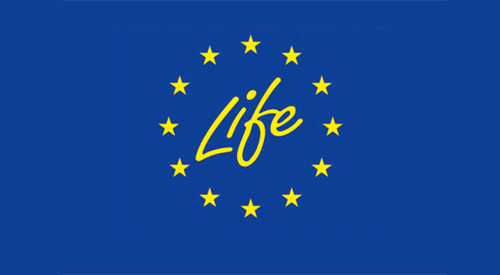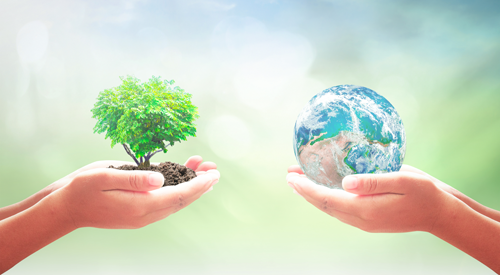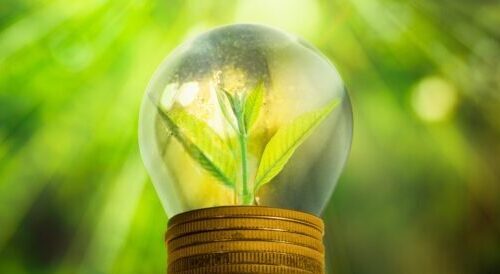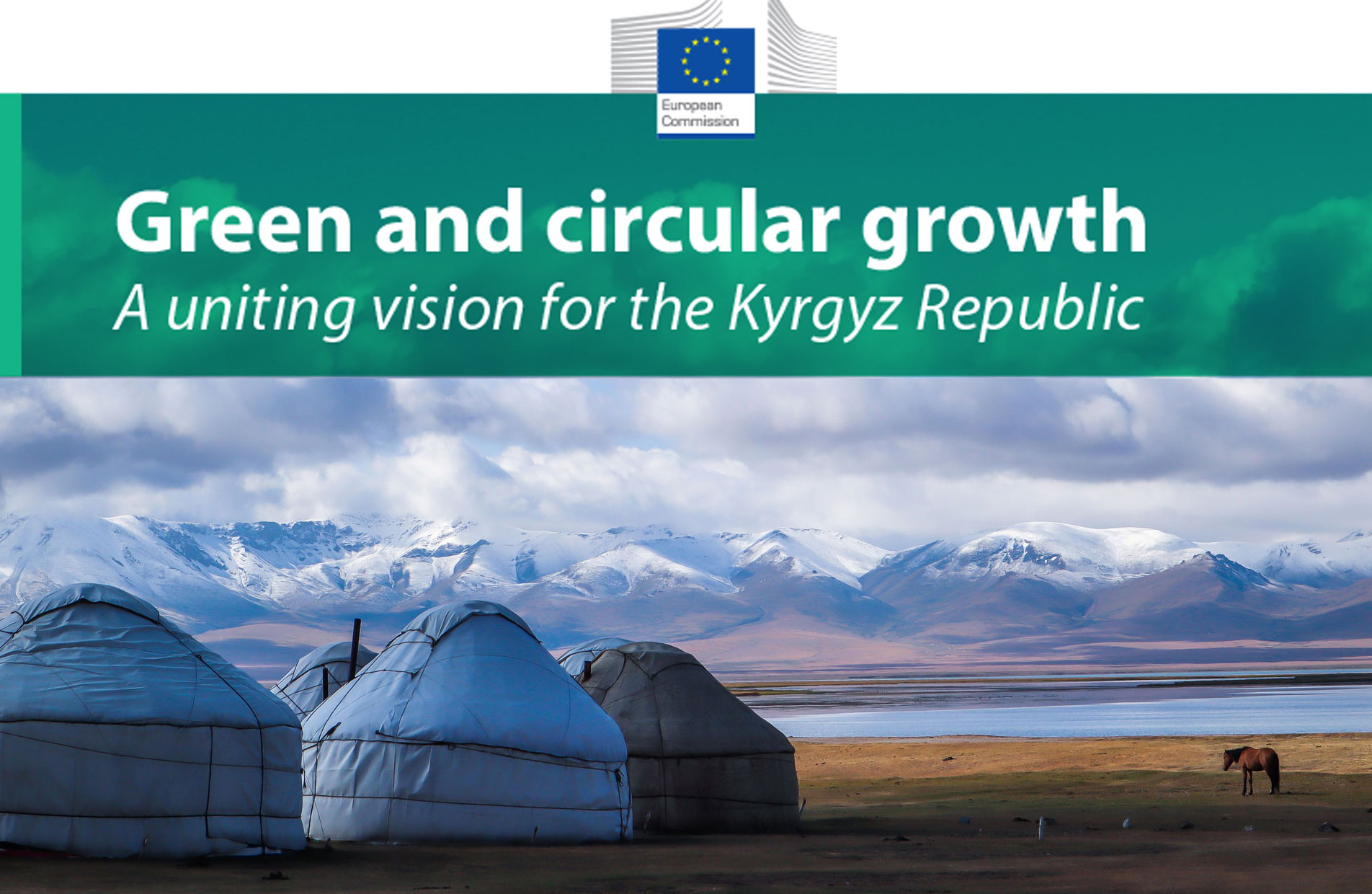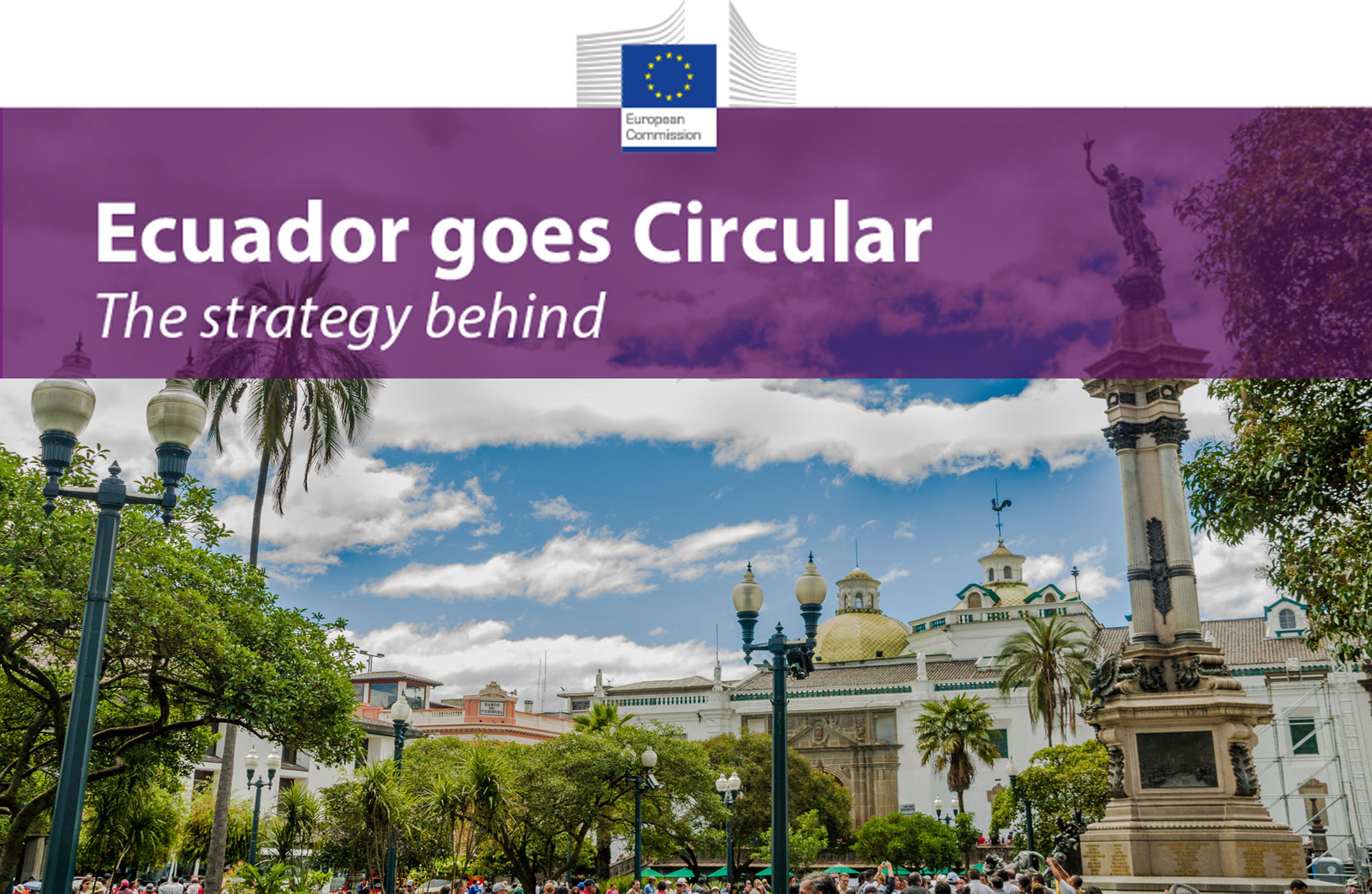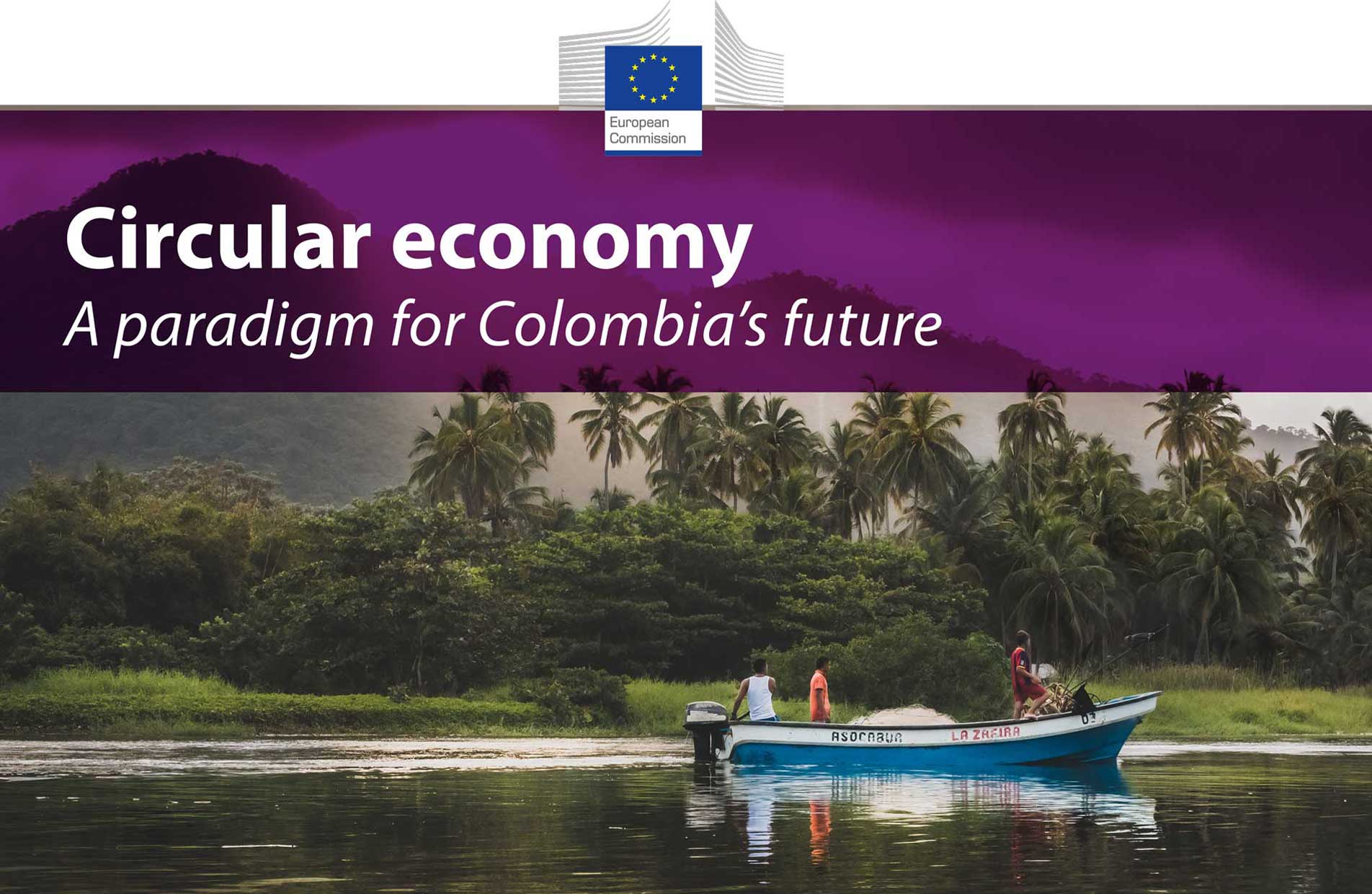The high-level side-event “Green and Circular – Can it be Fair?” puts circular economy on the agenda of the Summit of the Future. The transition from a linear to a circular economy requires a coordinated, systematic and coherent efforts to leverage systemic action across stakeholder groups. The event will discuss a way forward. Read more.
Latest News
Circular Ukraine – WATCH the Replay
WATCH the Replay to explore practical applications of circular economy strategies in Ukraineand discover how integrating circular economy principles can mitigate construction waste, stimulate economic growth, and foster new opportunities in Ukraine. The recorded event was hosted by DG NEAR and Partners in the frame of the World Circular Economy Forum.
Private Sector Initiatives driving the Circular Transition – WATCH the Replay
Watch the replay and explore how the Aceelerator Session of DG NEAR and partners at the WCEF emphasised the pivotal role of businesses in implementing the EU’s Circular Economy Action Plan and propelling the circular transition in the EU Neighbourhoods: the Western Balkans, the Eastern Partnership, and the Southern Neighbourhood. Discover more.
WeMed Awards – applications open
SwitchMed is excited to announce the launch of the WeMed Awards, a flagship initiative of the Mediterranean Strategy for Sustainable Development, now in its fourth edition. This year, our focus is on celebrating the success stories of sustainable businesses in the Blue Economy Sector across the Southern Mediterranean Region. Discover more.
Circular Economy: EU's Domestic Experience
Circular ExperienceBuilding on EU’s Domestic Experience in Green Economy
Best Practices (EN)SWITCH to Green Services at a Glance
The SWITCH to Green Facility supports EU international partnerships of DG NEAR, DG International Partnerships and EU Delegations by providing technical assistance where good will or enthusiasm for innovation may be complemented by additional operational, knowledge or other capacities.
Technical Assistance
SWITCH to Green contributes to the identification and formulation of EU supported actions, both remotely and through in-country missions.

Quality Support
The Facility assists in steering, management, delivery, and M&E of on-going green economy actions. Support is delivered remotely and through in-country missions.
Capacity Development
The Facility delivers trainings and learning events to assist EU staff and international partners to promote a better understanding of the green economy

Communication and outreach
By making information on policy developments and impact available, the Facility supports communication on the green, notably circular economy transition.

Dialogue and Coordination
The Facility supports policy dialogue, and exchange across EU partner countries with events ranging from technical meetings to high-level policy debates.

Development of tools
On-demand, the Facility supports the creation of tailor-made tools that stimulate learning and streamlining of content among a diverse set of target groups.
Circular Economy - Country Case Studies
EU external action policy also prioritises the circular economy transition at regional level: In Latin America and the Caribbean, circular practices reinforce trade and investment cooperation, including by diversifying and modernising economic models to make them fit for globalisation. In Asia and Central Asia, a circular shift contributes to human health and the quality of life, economic diversification, new business opportunities and economic growth. Case studies illustrate different strategies for the transitions.
